Spain: Livestock controversy adds further pressure on farmers
After a challenging 2021 due to production costs rise, the instability of farm-gate prices, the lack of water, new CAP’s negotiations, among other stumbling blocks, further concern is now being added by consequences of the Consumer Affairs Ministry’s statements to a British newspaper.
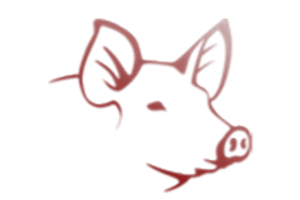
Spanish livestock sector has become the focus of a political debate in recent weeks following an interview given by Alberto Garzón, Minister for Consumer Affairs, to The Guardian (Spanish should eat less meat to limit climate crisis, says minister | Spain | The Guardian). The minister stood up for the "sustainable" model of extensive livestock production compared to the so-called megafarms. According to him, those intensive farming systems “pollute the soil, they pollute the water” and then they export "poor quality" meat from “these ill-treated animals”. Minister Garzón did not refer to the livestock sector as a whole, he only pointed out to bovine intensive production, but he did anger farmers' associations, opposition parties and quite some socialist politicians.
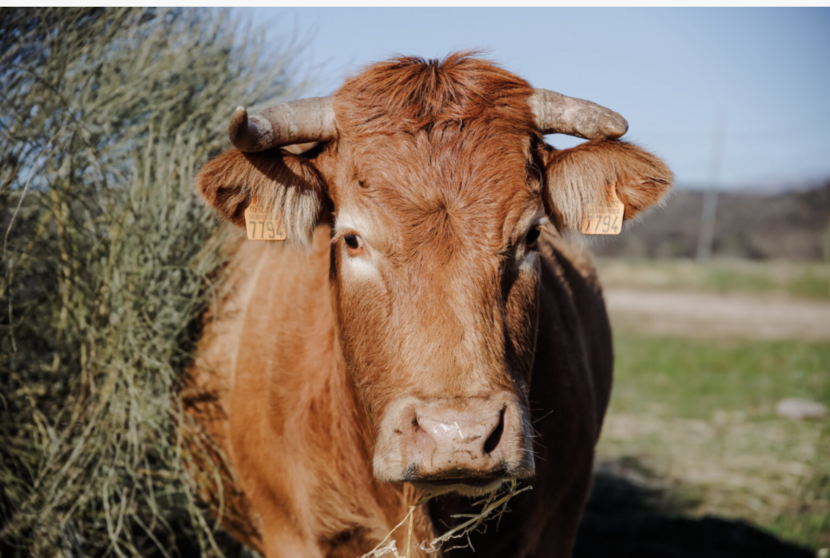
Last July, Garzón made also headlines when he urged Spanish people to reduce their meat consumption. At that moment, his calls roundly mocked and dismissed, not least by his own partners in government.
Do megafarms exist in Spain?
“ There are no megafarms in Spain”, because it is only "a semantic debate as there is no such category of farms in Spain", Josep Collado, from the meat sectorial association FECIC, says, which is why he states not to understand the criticisms launched by minister Garzón against the sector.
Miguel Ángel Higuera, director of the national pig producers' association Anprogapor, points out that "nobody knows exactly what a megafarm is, because there is no definition for this". But he does says that Spain has national legislation establishing farm size limitation.
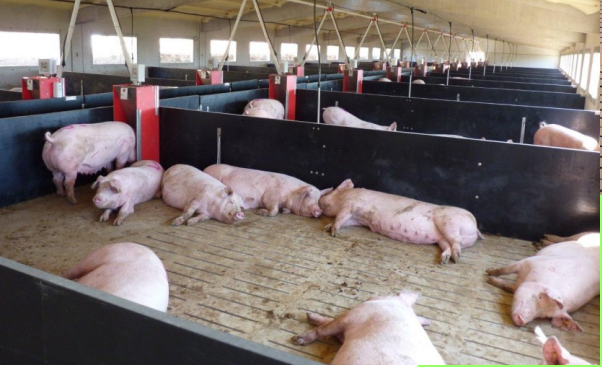
The current national debate has focused on intensive livestock farming, especially in the pig sector, as Spain is one of the largest producers in the world. Higuera points out that, in general, large Spanish farms are highly technified and have environmental and animal welfare requirements that are just as demanding, if not more so, than small farms. "The quality of the meat depends on the animal's genetics, feed and welfare, not on the size of the farm”.
Limiting the size of pig farms by law
In February 2020, Spain updated its national legislation in order to adapt the pig sector to new challenges in terms of health, environment and animal welfare.
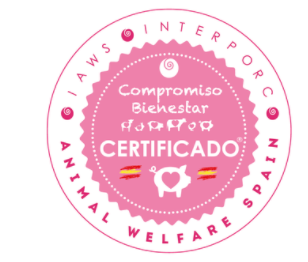
Some of the royal decree’s main new standards can be red here: Spain updates its regulation for pig farm management | Nieuwsbericht | Agroberichten Buitenland).
More specifically in relation to the controversy that has arisen, this Spanish law includes the limitation of the maximum size of pig farms. Thus, it classifies farms according to their productive capacity, expressed in LSU. Considering the published equivalences, the maximum number of animals per farm is 7,200. Of the 88,437 registered pig farms in Spain, only 2,136 (i.e. 2.4%) have that maximum permitted size.
Most of the larger farms are located in Aragón and Cataluña, which in fact account for more than half of all farms belonging to the this group. Aragón holds a leading position, thanks to its strong investment in recent years, with 628 farms out of a total of 2,136. Cataluña has 495, with Castilla y León far behind with 149. (Fig. 1).
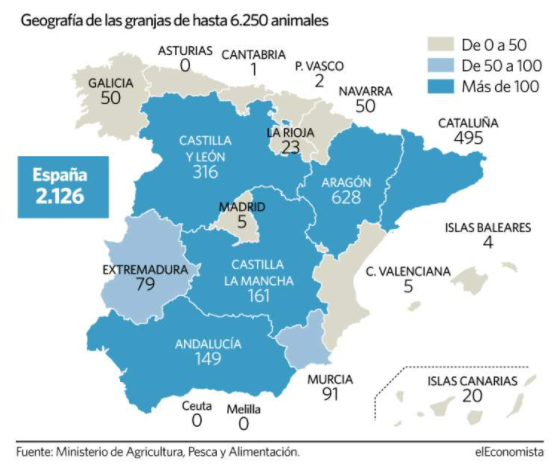
The average size of pig farms in Spain is 500 animals, being Spain number 10th in Europe in this respect.
Moreover by the law, Spain limits the minimum distance for the setting up of pig farms and the distance between pig farms and urban centers.
World's second largest exporter of pig meat
Beyond the controversy, Spain is the second largest exporter of pigmeat, and the evolution of foreign sales in this sector has been spectacular in recent years (Fig. 2). Just over 60% of the total is exported to markets outside the EU.
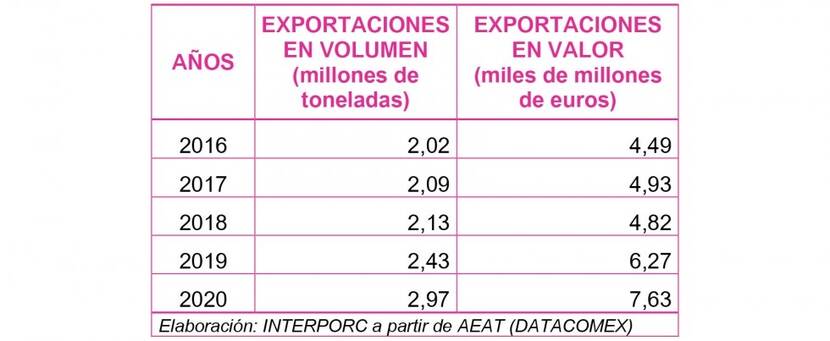
Spain is currently the leading supplier of pork to China (Fig. 3), although there are signs that the Chinese "bubble" will deflate in the coming years as the worst of the ASF (African swine fever) is over.
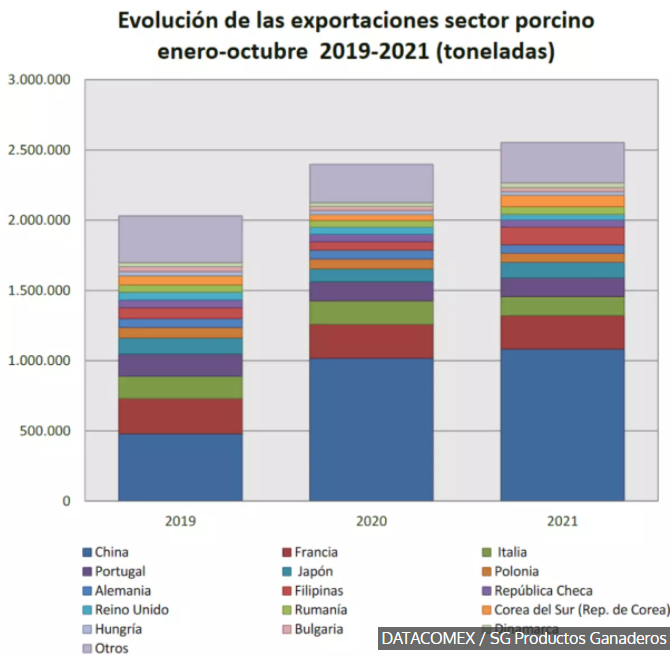
Regarding meat exports as a whole, they are at one of their best moments. In 2020, at the height of the pandemic, they reached €9.8 million, 20% of all agri-food foreign sales.
Of the 2630 Spanish meat plants, 73% are pork-based, generating an annual turnover of almost €19 billion. This amount represents more than 18% of the total turnover of the Spanish food and beverage industry. Given the huge difference between exports and imports, it contributes to 38% of the sector's positive trade balance.
Livestock farmers fear that Minister Garzón's statements to a newspaper from a Spanish meat-buying country will cause a drop in exports, at an already difficult time for them.
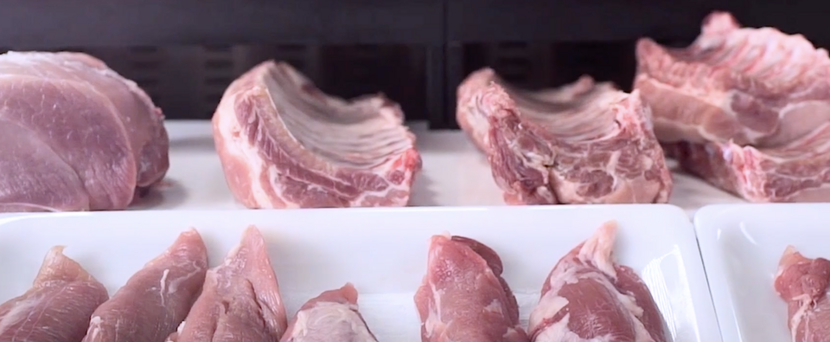
Are other livestock sectors regulated?
The meat and laying poultry sectors are regulated by a law (RD 637/2021) similar to that of the swine sector. And at the moment, the ministry is finalizing the draft of another royal decree for the dairy and beef cattle sector.
The minister is not alone
Although the Consumer Affairs Minister's statements have been heavily criticized from within the government itself, they nevertheless fully agree with the circular economy strategy set out by the ruling parties.
The Spanish Circular Economy Strategy 2030, which is also aligned with EU objectives and action plans, envisages a change of model in Spanish livestock production promoting extensive production models.
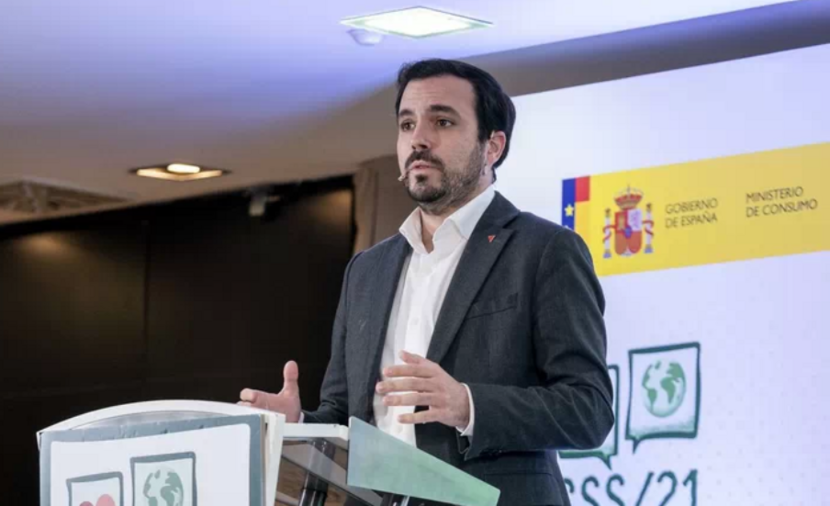
The challenge goes beyond 2030, as the Spanish National Long-Term Strategy 2050 also questions the current production model and advocates the partial substitution of meat consumption by other non-animal alternatives.
Farmers' reaction
Last Sunday, the countless declarations of farmers from all over the country reached their highest point with a demonstration at the gates of the Ministry of Agriculture, Fisheries and Food in order to give visibility to the dissatisfaction of the rural areas with the government policies.
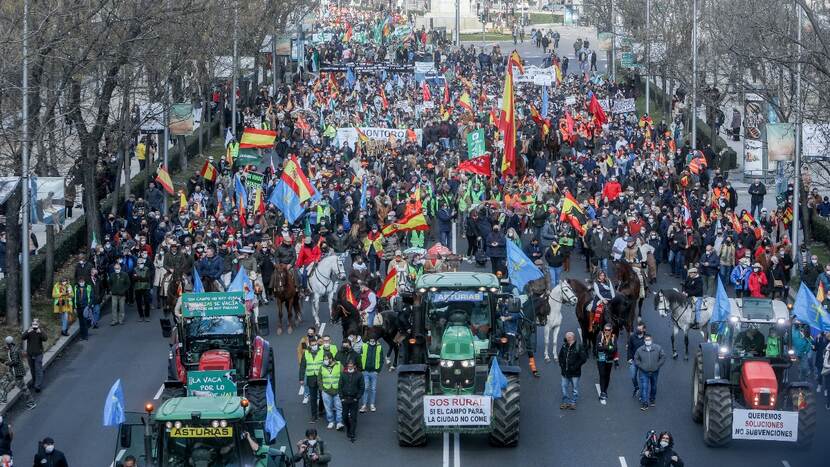
A new factor comes into play
The European Commission decided to refer Spain to the Court of Justice of the EU for failing to take sufficient actions on nitrates pollution. Despite some limited progress, Spain must still take additional measures to prevent eutrophication for the whole country since the measurers established to date have failed to achieve the objectives of the Nitrates Directive.
The Council of Ministers has reacted by approving the update of the royal decree on nitrate pollution, which had already undergone several consultation processes, both public and from the affected sectors.
Several sources